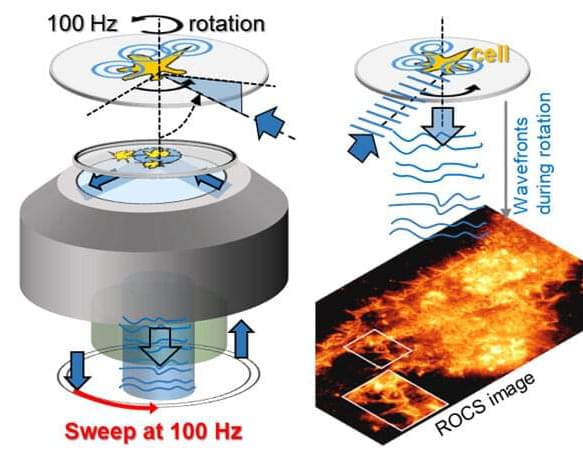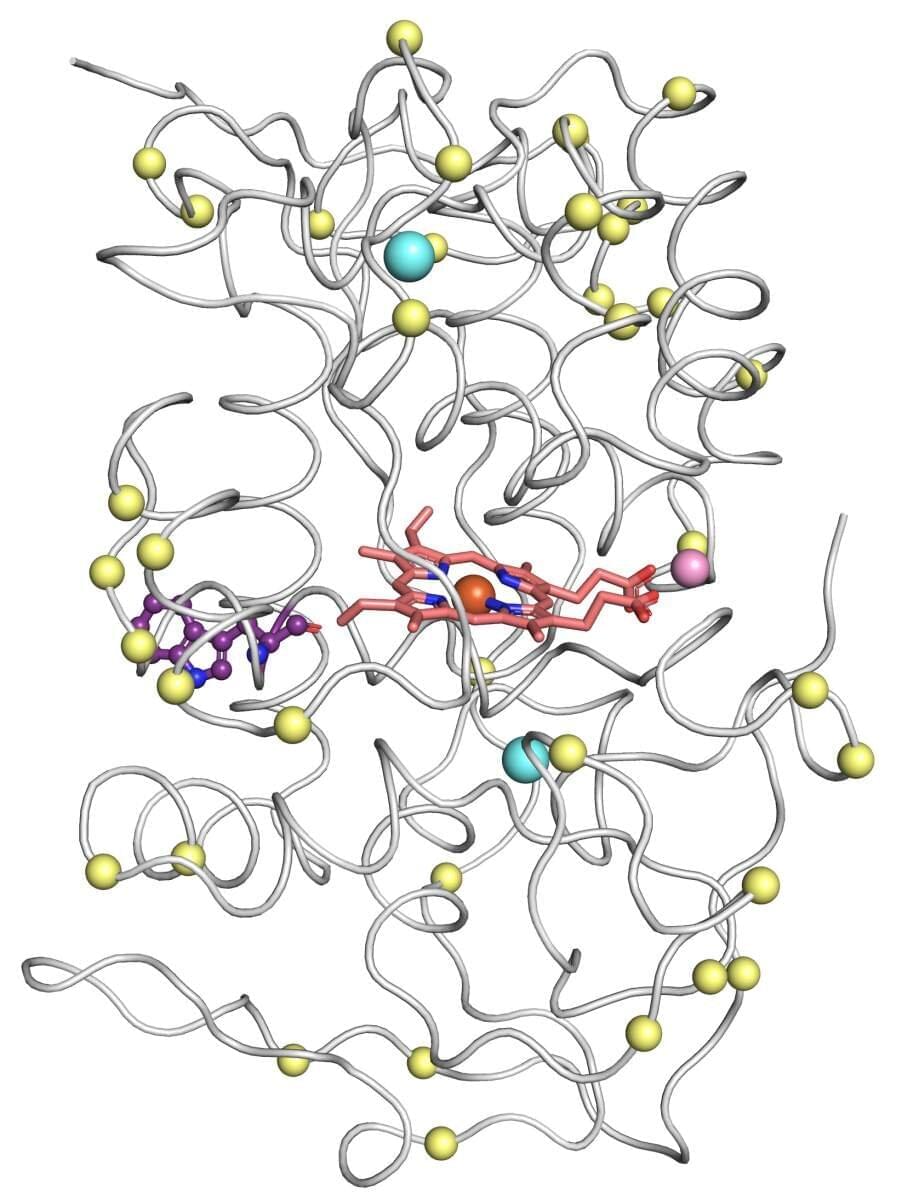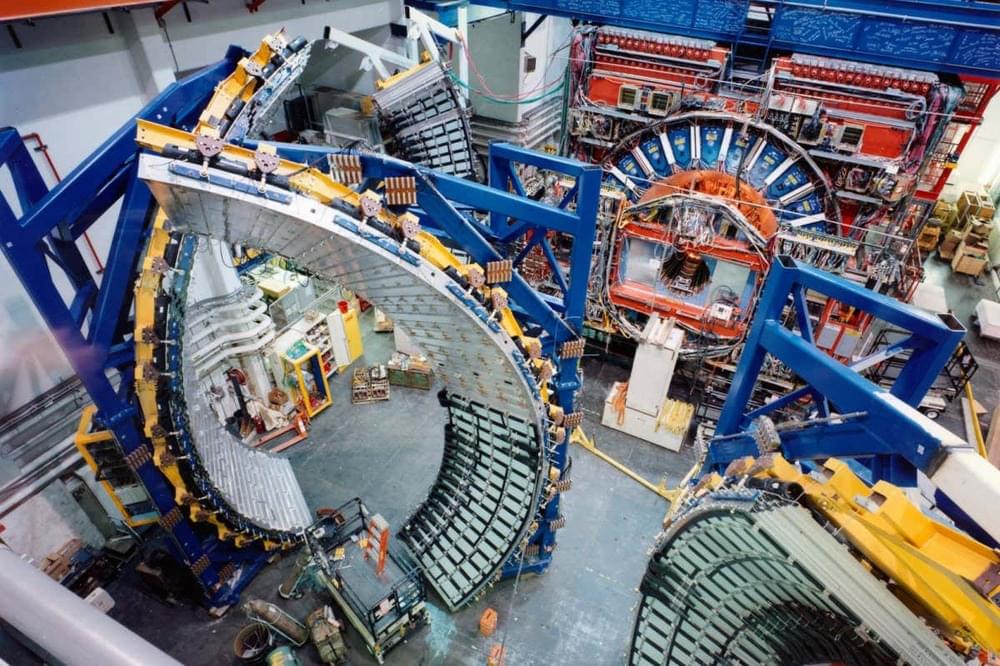Apr 13, 2022
Why Time Travel Is Already Possible, According To NASA
Posted by Paul Battista in categories: space, time travel
We can travel in time, just not like in the movies Earendel was observed using an effect where the fabric of space-time is warped by gravity – a phenomenon predicted by Einstein. This causes light to bend as it passes by objects with large masses, like planets, suns, or even galaxies, allowing us to see around and even behind these objects.


















